TOP 10 QUICK TIPS FOR EVERY DIGITAL TECH

Most people outside of the commercial photography field don’t even know what a digital tech is much less what their role is on set. In some cases, for one reason or another, they may not be considered necessary. However, when you shoot a job and realize that no one ever turned the camera from small Jpeg to RAW one quickly realizes they are a necessary and integral part of the shoot. Having a laptop with Capture One on it, and being able to tether a camera system is not enough. As a digital technician, knowing the ins and outs of Capture One Pro is crucial. It can make things much better when you understand the software and use all it has to offer to your advantage. Capture One Pro is industry standard; if you are working with the photographer’s computer, always have a thumb drive with copy of Capture One Pro handy! Below is a cheat sheet of “top ten tools” every tech should have. They don’t cover the obvious things such as the computer, camera, lenses, batteries etc. as every job will have a specific set of gear depending on the photographer, location, or budget. Instead these are tips that are not always obvious but will certainly make for a better more enjoyable day on set. Not all of them are even actual items rather some are just general knowledge and suggestions gathered throughout my years as a tech in NYC and LA.
Capture Integration can supply linked tools below. Place your order online (USA orders only) or contact our sales team if you have specific questions.
10. Always be on time:
Be early. If you are late, everyone will know and it will have an effect on the rest of the day. The tech needs to be there and be set up; ideally before anyone else on the photo crew. Before the lights are even unpacked, most photographers will want to be able to look through the camera and start testing location etc.
9. Have good breath:
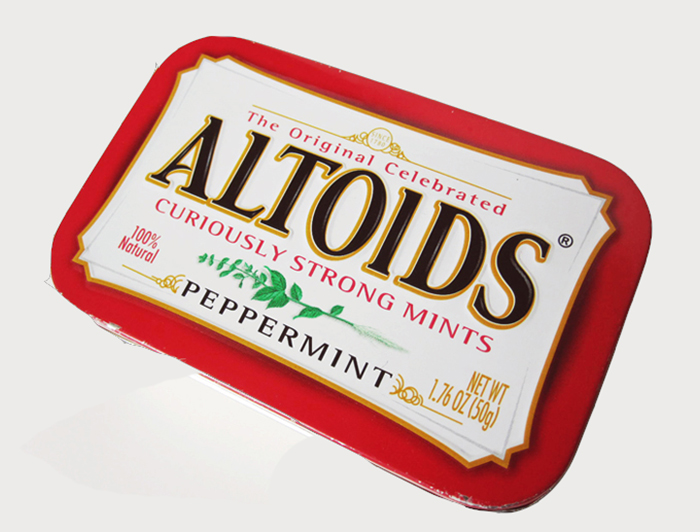
This sounds silly, but it’s always good practice to keep a tin of Altoids or mints on your cart. I am a coffee drinker most of the day. You are going to be in very close quarters and speaking with clients and art directors. You can’t have bad breath when you are talking that closely with them. On the flip side, you can always offer them one if needed.
8. Keep a hex key set & multi tool on your cart:
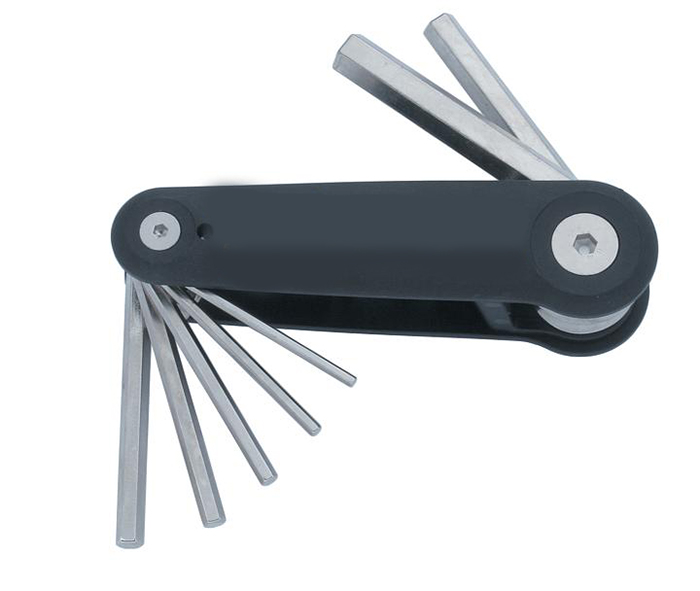 Having some actual tools on set is imperative. Things break, get loose ect.. and you need to be prepared to either fix or rig something if necessary. I have found that a hex key set or (allen wrench) and a multi tool, will cover most things that need to be tightened, loosened, or cut. You never know…
Having some actual tools on set is imperative. Things break, get loose ect.. and you need to be prepared to either fix or rig something if necessary. I have found that a hex key set or (allen wrench) and a multi tool, will cover most things that need to be tightened, loosened, or cut. You never know…
7.Gaffers tape and Velcro ties:
These two items will come in handy in ways that you would never imagine. The obvious uses are to keep your cables and cords neatly rolled. Also to tie off any tension points; that if tethered that could disconnect the cable or damage the port on the computer. Power cords on the ground should always be taped down, or neatly to the side so no one can trip over them. Your cart or station should always be tidy, and your cables organized. A disorganized station implies a disorganized digital tech.
6. Tethering Support:
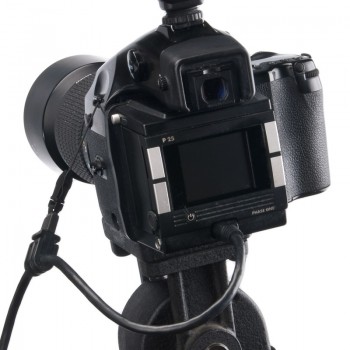
There are many different brands to choose from, but no matter which you choose, they are always good to have. Capture Integration recommends the Tether Tools JerkStopper. This way no matter how “free” the photographer wants to be, they are unable to jerk the tether cable from the camera. Not only will you loose connection but it could damage the camera.
5. Working knowledge of Photoshop:
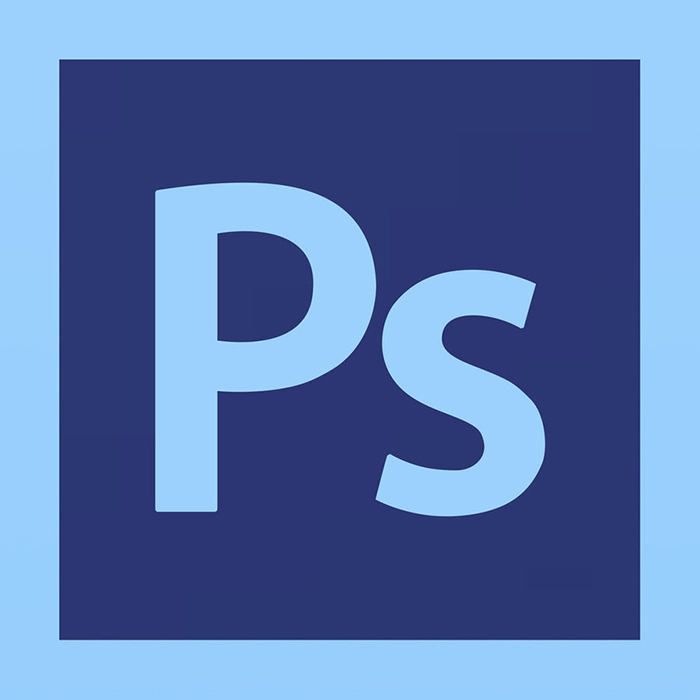 Using Photoshop and doing on set re touching is not always needed. It is a skill that can and will come in handy. There is no need to be at the level of a re-toucher, but being able to clean up skin and put together comps will set you apart from other techs. In most of my experience it was expected.
Using Photoshop and doing on set re touching is not always needed. It is a skill that can and will come in handy. There is no need to be at the level of a re-toucher, but being able to clean up skin and put together comps will set you apart from other techs. In most of my experience it was expected.
4. Color Checker Passport:
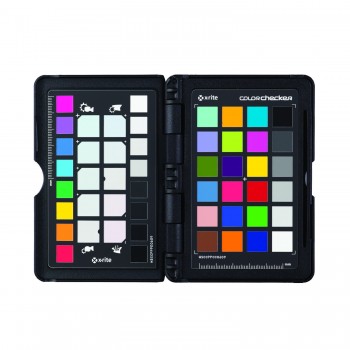
This is one of the most important yet most overlooked tools for the tech to have. It so important to start from neutral. Some if not all situations will have mixed lighting conditions, and this chart will be more accurate if used properly, as opposed to trying to balance off something existing in the image.
3. Backup tether cables and adaptors:
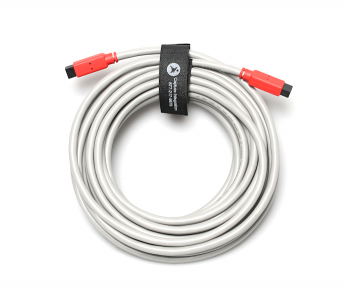 Backups, backups, backups! Backup tether cables and adaptors are so important because they are essential to tether and they are easy to damage (especially now with multiple ways to tether). Depending on the camera format and what style computer you are working with you may be shooting USB 3.0, or USB 2.0 to mini, or FW800-800, or FW800 to Thunderbolt adaptor. Know the gear that you are using and be prepared for all scenarios. It would be nice to always have backups of everything, but most shoots don’t have the budget for extra camera and computers. Remember that cables are an inexpensive add on, and most of the time they are the weak link when the system is not behaving properly.
Backups, backups, backups! Backup tether cables and adaptors are so important because they are essential to tether and they are easy to damage (especially now with multiple ways to tether). Depending on the camera format and what style computer you are working with you may be shooting USB 3.0, or USB 2.0 to mini, or FW800-800, or FW800 to Thunderbolt adaptor. Know the gear that you are using and be prepared for all scenarios. It would be nice to always have backups of everything, but most shoots don’t have the budget for extra camera and computers. Remember that cables are an inexpensive add on, and most of the time they are the weak link when the system is not behaving properly.
2. Be prepared:
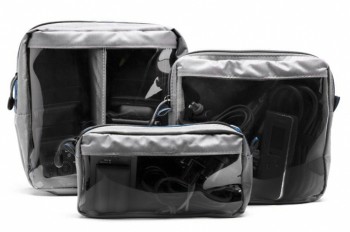
Here is a list that has all the little things you may need, that are easily forgotten when you are using or renting rear. Here is a list of things I keep in my bag. There can and will always be things to add, but the below is a good start:
1. Set presence:
You always want to convey a sense of confidence and excitement for the project. This demeanor helps give the photographer and clients a sense of comfort right away. Get to know where your place on set is. Some photographers and clients want and value your creative opinions, while others just want you to run the computer. This can be hard to figure out in the beginning. I recommend staying on the quiet side, and feel out the crew as you go. If they ask, of course answer!